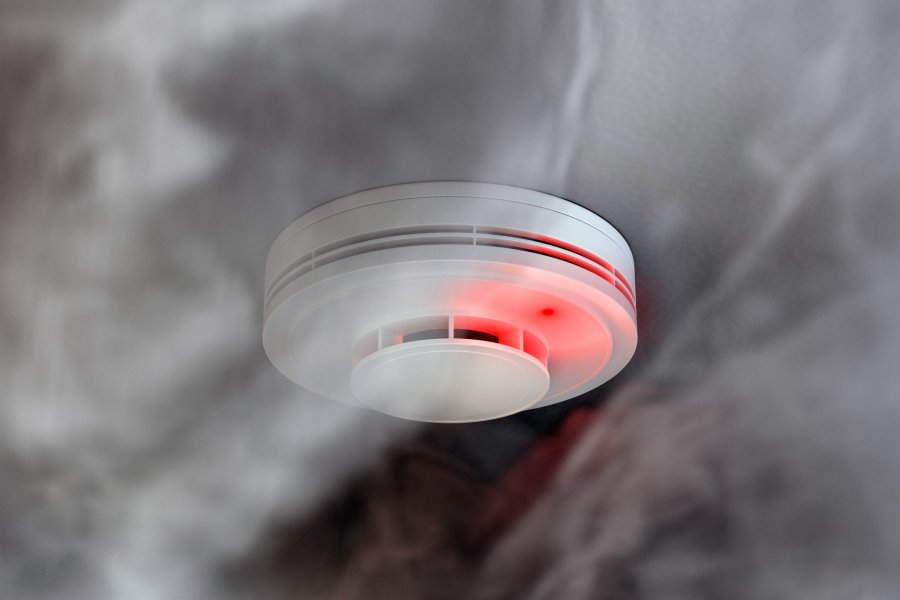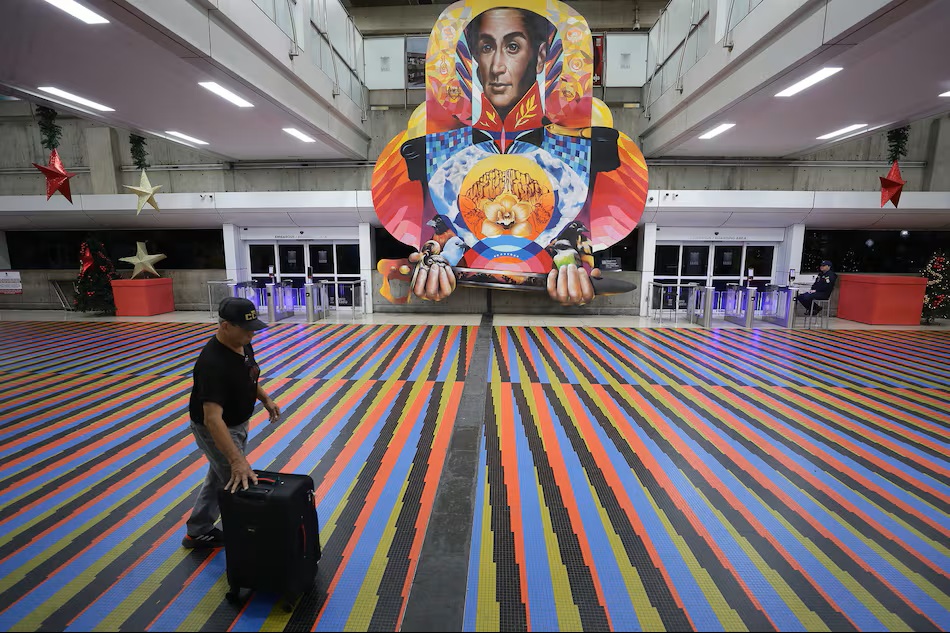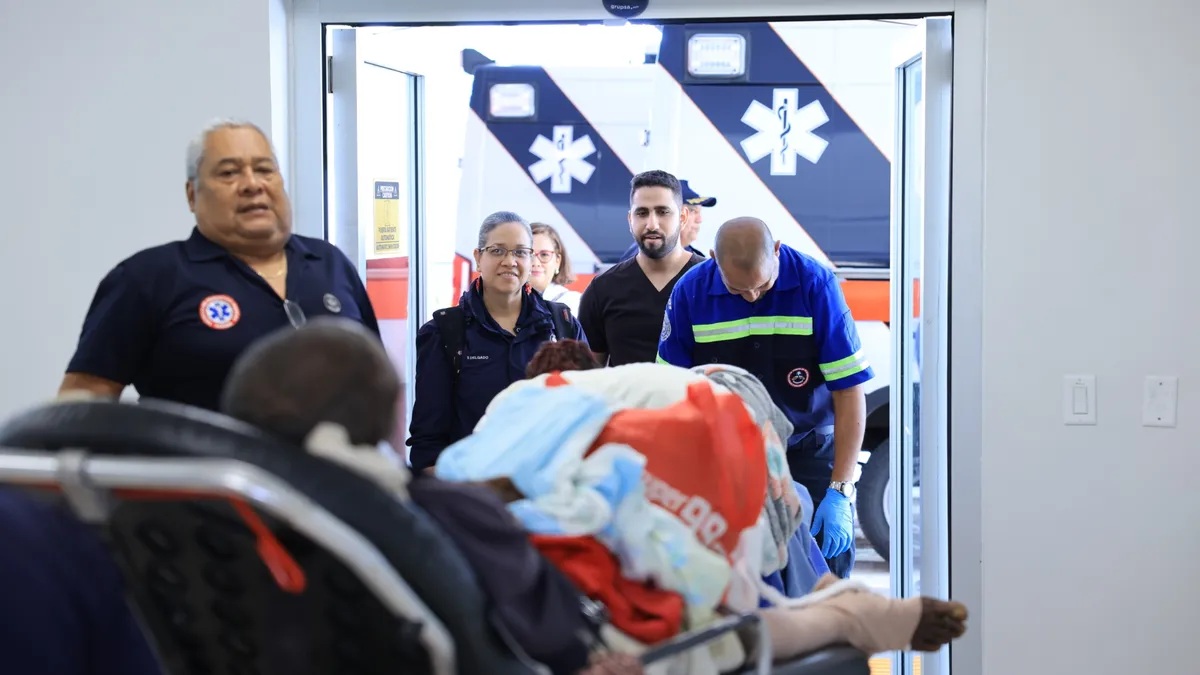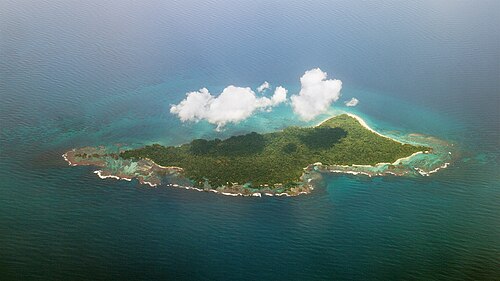Clear the Air: The Crucial Role of Smoke Control Systems in Modern Buildings

Fire safety goes far beyond just putting out fires in any complex building design, like a tall office tower, a huge shopping mall, or a critical data center. Putting out the fire is the main goal, but controlling the smoke and other byproducts of the fire is just as important, if not more so, for keeping people safe. This is where smoke control systems are very important. These engineered systems are not meant to put out the fire; instead, they are meant to control and limit the movement of smoke and hot gases, which are the main cause of fire-related deaths. A well-designed system keeps the paths clear of smoke so that people can safely leave the building, gives firefighters a safe place to search and rescue, and finally limits the spread of corrosive smoke damage to property and sensitive equipment. During a crisis, these systems often use a mix of pressurization (to keep smoke out of stairwells and evacuation routes) and mechanical ventilation (to get rid of smoke from the fire zone), which keeps the building environment separate.
Specialized clean agent technologies are made to put out the fire at its source, especially in places where water or powder would do permanent damage, while smoke control systems concentrate on the effects of a fire. The choice of clean agent often depends on what assets need to be protected and the environment right away. FK-5-1-12 and CO2 fire suppression are two common but very different ways to protect high-value assets.
The Clean Agent Divide: FK-5-1-12 vs. CO2
The main difference between these two agents is how they put out fires and how safe they are for people.
FK-5-1-12 (Novec 1230)
FK-5-1-12, also known by its trade name Novec 1230 Fluid, is a halocarbon cleaning agent. It mostly works by cooling the fire down, which means it takes heat away from the burning process. It is kept as a liquid and quickly turns into gas when it is released.
* Safety: It is thought to be safe for people to be around because it puts out fires at levels that are much lower than those that would make oxygen levels dangerous. This makes it perfect for places where people work, like control rooms, archives, and telecommunications centers.
* Residue and Damage: It doesn’t leave any residue, doesn’t conduct electricity, and doesn’t hurt sensitive electronics very much.
* Effect on the environment: It has a very low Global Warming Potential (GWP) of less than 1 and a short life in the atmosphere, so it is a good choice for the environment.
Carbon Dioxide (CO2)
CO2 is a natural gas that puts out fires by suffocating them. It quickly lowers the oxygen level in the area below the 15% needed for combustion.
* Safety: CO2 fire suppression is dangerous and could kill people in areas where it works by replacing oxygen. It is only allowed in places that are not being used, like machinery enclosures, storage vaults, or equipment rooms where alarms and time delays can guarantee that people can get out.
* Residue & Damage: It doesn’t leave any residue and doesn’t conduct electricity, so it’s good for industrial and electrical uses.
* Use: It is often used for deep-seated fires and industrial hazards with a lot of volume because it is most effective at pushing oxygen out of the way.
Both FK-5-1-12 and CO2 fire suppression systems are important parts of a fire safety plan. However, the choice between them depends on the type of hazard, the size of the area being protected, and, most importantly, whether or not there are people present. A layered defense that ensures both asset protection and occupant safety can be achieved by integrating one of these suppression systems with comprehensive smoke control systems.





